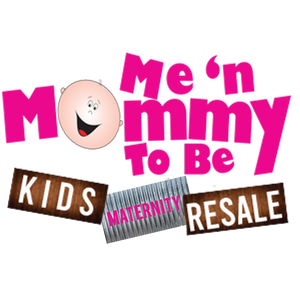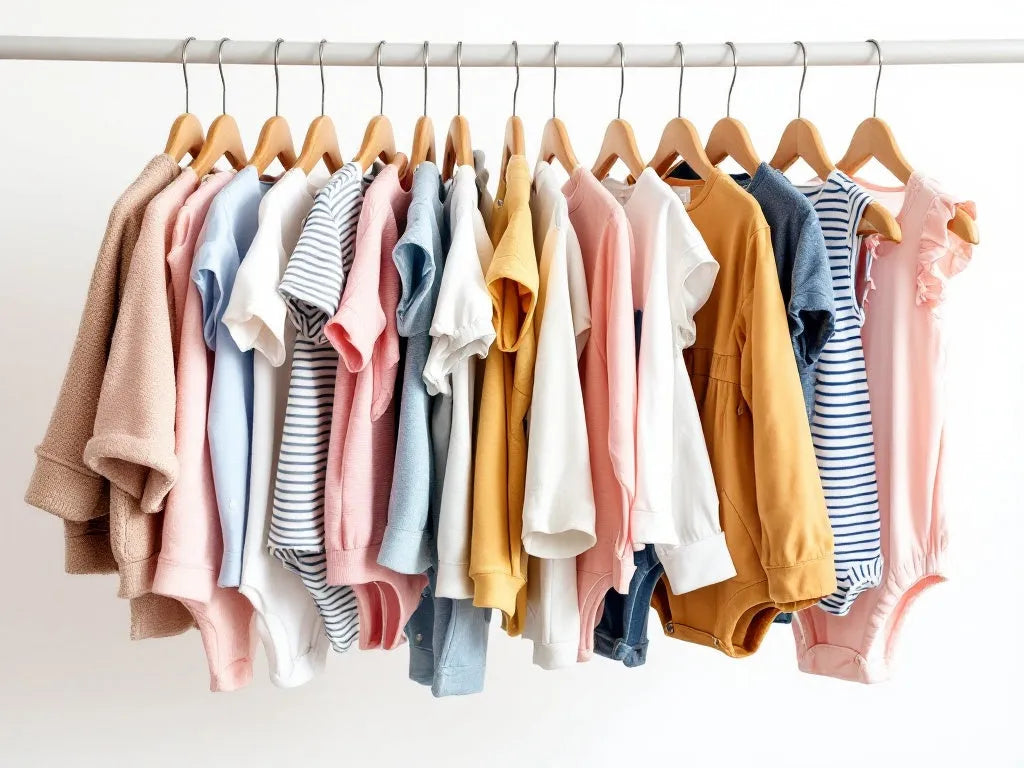As parents, we all know how quickly children grow out of their clothes. One day that adorable onesie fits perfectly, and the next, it's too small! With the rising cost of living and increasing environmental awareness, more families are turning to second-hand children's clothing as a smart, sustainable solution. In this comprehensive guide, we'll explore everything you need to know about buying pre-loved children's clothes, from sizing tips to money-saving strategies.
Why Choose Second-Hand Children's Clothing?
-
Financial Benefits The most obvious advantage of buying second-hand children's clothing is the significant cost savings. Premium brands and high-quality items often retail at steep prices, but when purchased pre-loved, you can save up to 80% off original retail prices. This saving is particularly important considering that children typically outgrow their clothes every 3-6 months during their first two years.
-
Environmental Impact Fast fashion is one of the biggest contributors to environmental waste. By choosing second-hand clothing, you're:
- Reducing textile waste in landfills
- Decreasing the demand for new production
- Lowering your carbon footprint
- Teaching children about sustainability from an early age
- Quality Considerations Many second-hand items are gently used and still in excellent condition. Children often outgrow their clothes before wearing them out, meaning you can find practically new items at a fraction of the cost.
Smart Shopping: How to Buy Second-Hand Children's Clothes
- Understanding Sizing One of the biggest challenges when shopping for children's clothing is getting the right size. Here's a helpful guide:
Newborn to 24 Months:
- Newborn: 5-8 lbs
- 0-3 months: 8-12 lbs
- 3-6 months: 12-16 lbs
- 6-9 months: 16-20 lbs
- 9-12 months: 20-24 lbs
- 12-18 months: 24-28 lbs
- 18-24 months: 28-30 lbs
Toddler Sizes (2T-5T):
- 2T: 25-27 lbs, 32-34 inches
- 3T: 28-32 lbs, 35-37 inches
- 4T: 33-36 lbs, 38-40 inches
- 5T: 37-42 lbs, 41-43 inches
Pro Tip: Always measure your child before shopping, as sizes can vary between brands.
- What to Look For When Buying Second-Hand
Quality Check:
- Examine seams for loose threads
- Check for stains or discoloration
- Test zippers and buttons
- Look for fabric wear and tear
- Inspect for any holes or repairs
Seasonal Considerations:
- Buy off-season for the best deals
- Look for versatile pieces that can be layered
- Consider buying a size up for next season
- Essential Items Worth Buying Second-Hand
Everyday Basics:
- Onesies and bodysuits
- T-shirts and long-sleeve tops
- Pants and leggings
- Pajamas
- Play clothes
Special Occasion Wear:
- Holiday outfits
- Party dresses
- Formal wear
- Costumes
Outdoor Gear:
- Winter coats
- Rain boots
- Snow pants
- Swimming suits
- Items to Consider Buying New
While most children's clothing items are perfectly fine to buy second-hand, there are a few exceptions to consider:
- Underwear
- Socks
- Shoes (if heavily worn)
- Safety items like bike helmets
Making the Most of Your Second-Hand Shopping Experience
- Organization Tips
Create a Shopping List:
- Note current sizes
- List immediate needs
- Plan for upcoming seasons
- Include special occasions
Inventory Management:
- Regular closet clean-outs
- Size rotation system
- Storage solutions for future sizes
- Money-Saving Strategies
Smart Shopping Tactics:
- Sign up for store newsletters
- Follow social media accounts for deals
- Shop during sales events
- Bundle purchases for additional savings
- Consider store credit programs
- Maintaining Second-Hand Clothes
Proper Care:
- Follow washing instructions
- Address stains promptly
- Store properly between seasons
- Make minor repairs as needed
Extending Wear:
- Layer clothing for multiple seasons
- Use adjustable features
- Roll up sleeves or pant legs
- Add elastic adjusters to waistbands
- Creating a Sustainable Wardrobe Cycle
Building a Rotation System:
- Keep current size accessible
- Store next size up nearby
- Pack away outgrown items
- Donate or sell items in good condition
The Benefits of Shopping at Specialized Second-Hand Stores
When choosing where to shop for second-hand children's clothing, specialized stores offer several advantages:
- Curated Selection
- Pre-screened items
- Quality standards
- Organized by size and type
- Seasonal rotation
- Expert Staff
- Sizing assistance
- Style recommendations
- Product knowledge
- Shopping guidance
- Convenience
- Clean, organized environment
- Easy returns/exchanges
- Consistent inventory
- Regular new arrivals
- Additional Services
- Buying programs
- Store credit options
- Special orders
- Shopping assistance
Making Sustainable Fashion Fun for Kids
- Involve Children in the Process
- Let them choose colors and styles
- Teach about sustainability
- Make it a treasure hunt
- Encourage creativity in mixing and matching
- Creating a Positive Experience
- Celebrate finding unique items
- Share the environmental impact
- Make it a regular activity
- Build smart shopping habits
Future of Second-Hand Children's Fashion
The second-hand children's clothing market is growing rapidly, driven by:
- Increasing environmental awareness
- Rising cost of living
- Technology enabling easier resale
- Growing acceptance of pre-loved items
- Innovation in the circular economy
Tips for Selling Your Children's Clothes
When your children outgrow their clothes, consider:
- Sorting by condition
- Cleaning and preparing items
- Researching fair prices
- Choosing the right selling venue
- Maintaining organization
- Taking quality photos
- Writing detailed descriptions
Conclusion
Shopping for second-hand children's clothing is a smart, sustainable choice that benefits both your wallet and the environment. By following these guidelines and shopping at reputable stores, you can build a high-quality wardrobe for your children without breaking the bank. Remember, every pre-loved purchase contributes to a more sustainable future for the next generation.

